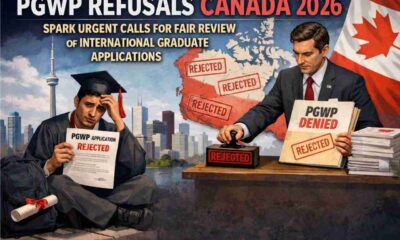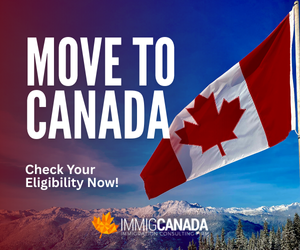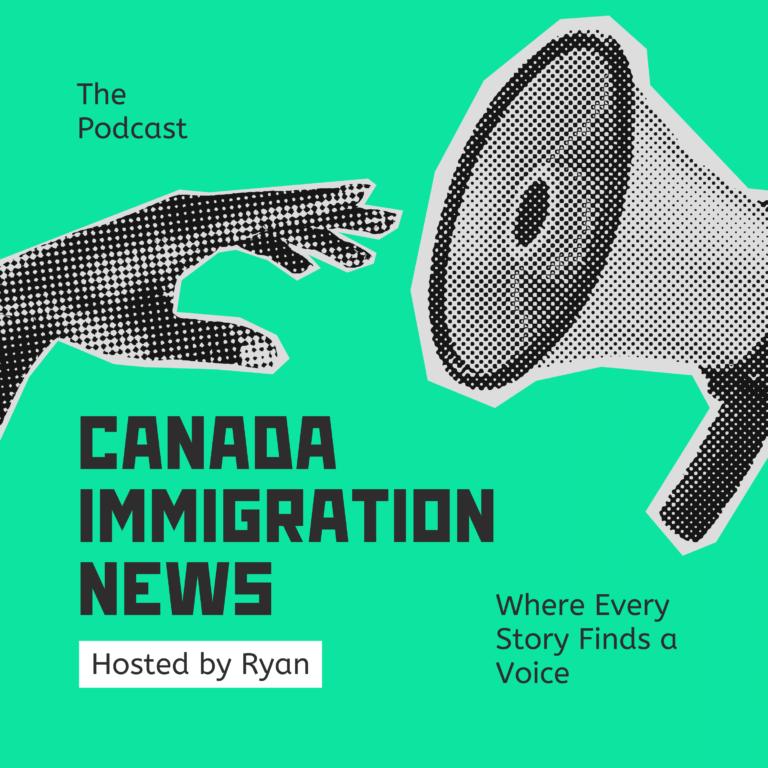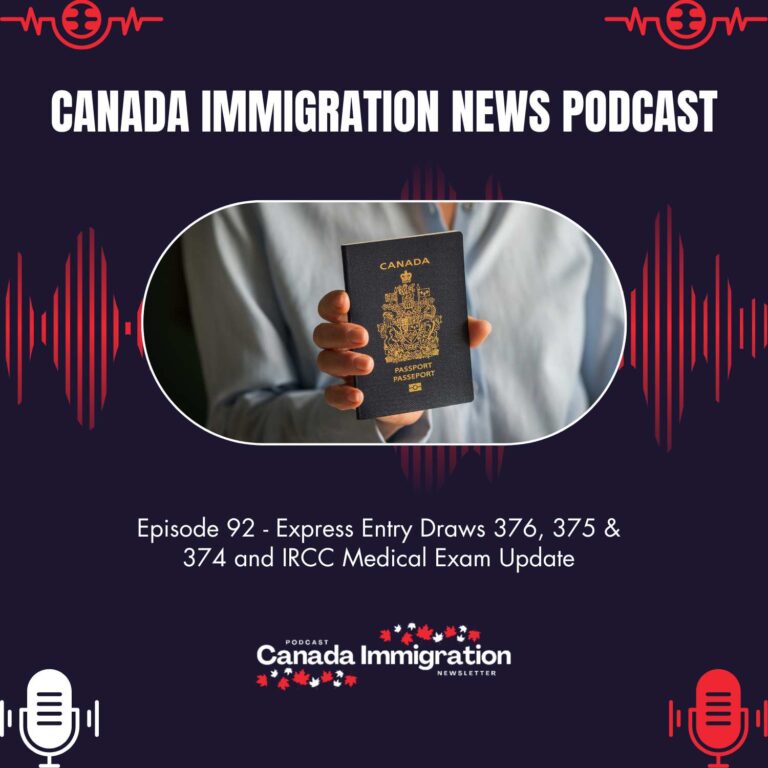Immigration Announcement
Ontario Work Permit Plan Could Reshape Canadian Immigration, Premiers Demand More Power

Imagine being ready to work, contribute, and support your family, but being blocked for years by paperwork. That’s the reality for tens of thousands of newcomers in Canada, especially asylum seekers and economic migrants stuck in processing delays. Now, the provinces are done waiting.
At the recent premiers’ summit in Muskoka, leaders of all 13 Canadian provinces and territories made one message clear: they want more control over immigration. At the center of this conversation is Ontario Premier Doug Ford’s bold announcement: the Ontario Work Permit Plan, an initiative that could allow provinces to issue their own work permits and bypass federal delays.
This move signals a possible shift in who controls the future of immigration in Canada, and how.
Why the Provinces Are Pushing Back
For years, Canada’s immigration system has been tightly managed at the federal level. But with housing shortages, healthcare strain, and rising economic pressures, provinces argue they need more say in who comes, how fast, and for what purpose.
At the Council of the Federation meeting, premiers highlighted:
- Local industries facing critical labour shortages
- Long processing times for work permits and asylum claims
- Cuts to provincial nominee programs (PNP) that limit provincial recruitment power
They’re invoking Section 95 of the Canadian Constitution, which allows provinces to legislate immigration matters, so long as they don’t contradict federal law. It’s a clause rarely used. But that may change.
Ontario Work Permit Plan: Ford’s Big Bet
Doug Ford’s Ontario Work Permit Plan is the most aggressive proposal yet. Frustrated by federal delays, Ford announced Ontario would begin issuing its own work permits, starting with asylum seekers who’ve waited over two years for federal approval.
“They’re in hotels, they’re healthy, they want to work. We’re not going to wait any longer,” Ford said.
His government has already started working internally to figure out the logistics and legalities. If implemented, it could fast-track work access for over 100,000 people, reduce reliance on social programs, and support Ontario’s economy, all without Ottawa’s direct involvement.
This approach is bold. If successful, it could be a blueprint for other provinces like Alberta, Nova Scotia, and Manitoba.
Provinces Want Local Control to Solve Local Problems
Different provinces face different challenges. One national policy doesn’t always work.
| Province | Need | Challenge |
| Manitoba | Workers for rural manufacturing | 50% cut to PNP hurting local hiring |
| Quebec | Faster processing for asylum seekers | Delays up to 3 years compared to 3 months in France |
| Nova Scotia | Healthcare and service industry shortages | Federal work permit bottlenecks |
| Ontario | 100,000 asylum seekers unable to work | Processing delays exceeding 24 months |
The premiers argue that giving them the ability to issue work permits and have more input on economic immigration will help them target local needs, attract talent to underserved areas, and reduce public strain.
Public Sentiment: A Ticking Clock for Reform
Canadians are growing frustrated with the immigration system. Polls show rising concerns about housing, affordability, and services. In response, the federal government reduced immigration targets, including a major cut to temporary resident intakes and international students.
But these cuts come with consequences:
- Employers can’t fill vacancies
- Asylum seekers rely on government housing longer
- Provinces have fewer tools to integrate newcomers efficiently
Ford argues that getting people working faster, especially those already here will relieve these pressures and increase tax revenue. “They want to work, they want to build a life,” he said. “Let them.”
Federal-Provincial Tensions Boil Over
Ford didn’t mince words when calling out federal Immigration Minister Lena Diab. He accused her of resisting provincial solutions, despite support from Prime Minister Mark Carney. Diab’s office responded by pointing to a recent $3.2 billion investment in settlement services, supporting over 500 organizations. But premiers say that’s not enough. The need is now—and it’s local.
The Bigger Picture: Economic Impact of Provincial Immigration Power
Letting provinces issue their own work permits could drive immediate economic benefits.
- Shorter wait times mean faster integration
- Reduced housing strain as workers move out of temporary shelters
- More localized hiring to fill essential jobs in rural and underserved regions
Globally, countries like Germany and Australia have embraced regional immigration programs to address workforce gaps. Canada may need to follow suit if it hopes to remain competitive and socially balanced.
Ontario Work Permit Plan: Bold, Controversial, Necessary?
Doug Ford’s Ontario Work Permit Plan might be one of the most significant immigration proposals in recent history. It tests the limits of provincial power under the constitution. It challenges federal control. And it reflects a growing need for faster, more practical solutions in Canada’s immigration system. While legal and logistical hurdles remain, one thing is clear: the provinces aren’t waiting anymore. They want to decide who gets to work and when.
Ontario Work Permit Plan Signals New Era in Immigration Policy
The Ontario Work Permit Plan could become the first of many provincial attempts to reshape immigration in Canada. As the country deals with labour shortages, housing struggles, and slowing public support for immigration, local solutions may be the only way forward. Whether Ford’s plan succeeds or sparks legal battles, it’s already changed the national conversation. Provinces want power. And now, they’re moving to take it.























